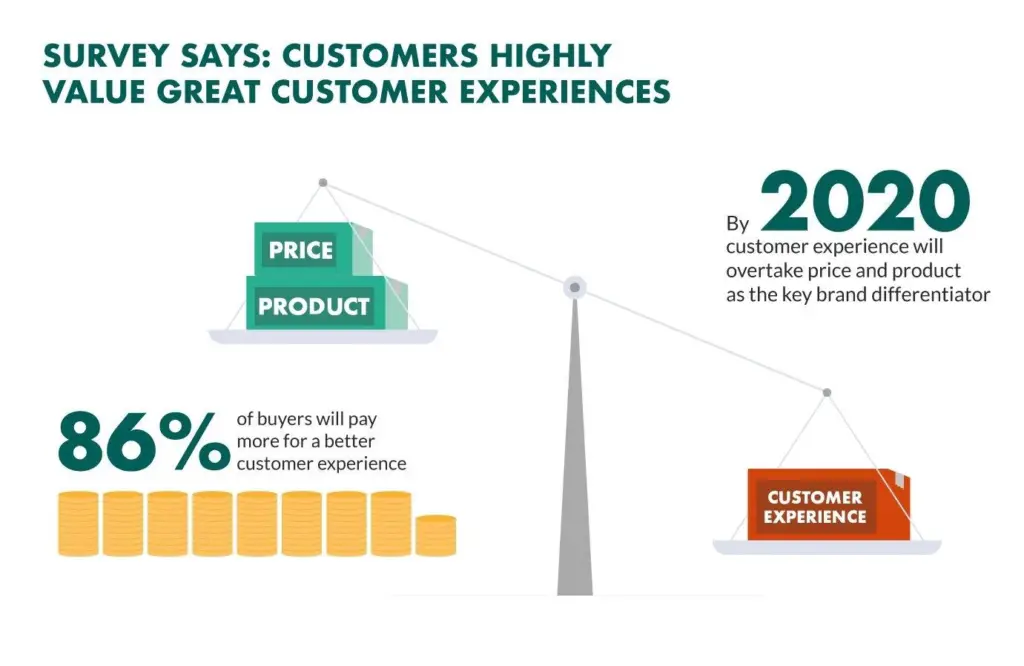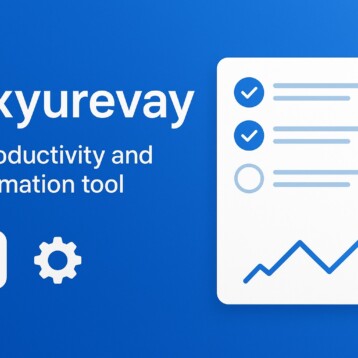In the B2B arena, eCommerce is the new normal. No longer the outlier, this sales channel is experiencing explosive growth. In the US, Forrester estimates B2B eCommerce sales to reach $1.8 trillion by 2023. Fueled by a global pandemic and the changing demographics of B2B product researchers and buyers, this growth is causing growing pains for B2B sellers. When you’ve got the right platform under the engine, B2B eCommerce comes easy. But how do you know if you’ve got the right B2B platform? Here are some warning signs that you’ve either outgrown your platform or that you didn’t pick the right solution to begin with.
Your Website is Hard to Maintain
If you need to hire a developer to make changes to your site, you’ve got the wrong platform. It may be built on antiquated code or has been so extensively customized it’s no longer recognizable. Maybe you have your own in-house team to maintain the site. How do they feel about the platform?
If the IT team groans every time some component needs an update, that’s another clear sign you’ve got the wrong platform. Those groans aren’t just the grumbling of unhappy, unmotivated employees. The lack of enthusiasm is likely because what you may think is a small update snowballs as other integrations, customizations, and plug-ins fail to function properly after the update.
Not updating is dangerous. Those updates and patches are issued for a reason. They fix bugs and most importantly keep your site and your platform secure. Hackers search for instances that are not updated and exploit the known vulnerabilities. Failing to update puts your customer data at risk and a security breach will not endear you to your customers.
Your Systems are Disjointed and Don’t Communicate
Are decision-makers hampered by the lack of real-time, accurate data? Are they faced with disparate data silos or do they have access to a comprehensive business dashboard?
If your ERP, PIM, WMS, CRM, and other business systems aren’t communicating with your eCommerce platform then it’s time to start looking for a new platform. Data informs the best decisions and if you can’t get data you can’t make good decisions.
If data is being transferred via shaky bridges, you may have the wrong platform. The right platform operates in an ecosystem with solid APIs that keep data flowing and in the hands of decision-makers.
If it takes more effort to port and input data than to analyze it, it’s time to find a solution that integrates. Make a list of all your existing business systems and use it as an integration checklist when looking for a new platform.
Customers Are Unhappy
When customers aren’t happy, nobody is happy. Customer experience is the key differentiator in today’s market. People are even willing to pay more for a better customer experience.

So, if your experience isn’t meeting expectations it’s time to re-think your platform.
How do you know if you’re losing in the experience game? To begin with, you can look at your bounce rates and load times.
Customers won’t stick around for slow loading pages. If your site pages load slow or if they aren’t fully responsive to the device being used, customers will look elsewhere. Are customers bouncing before the page loads?
If your platform only supports one sales channel, then it’s not supporting sales growth, it’s inhibiting it. Buyers expect an omnichannel experience and if you don’t provide it, they’ll find the company that will.
Are your customer-facing employees fielding calls that should be handled by the website? If the design isn’t intuitive, if there isn’t a strong search function, and if it doesn’t provide a self-serve experience then you’re not providing the right customer experience.
The Platform Doesn’t Handle the Complexities of Your Business
The B2B eCommerce software market is littered with B2C solutions that have been repurposed for B2B. If you built your business using one of these solutions, you might find that it can’t handle the complexities of your business.
If customer users can’t define their own permissions and authorities, you are making their job harder. B2B transactions frequently involve multiple players. And more and more frequently, these team members are working in a distributed environment. Your eCommerce platform should have the flexibility to conform to your customers internal workflows. That flexibility is one of the features that makes Amazon Business so popular.
Like many companies, you may have evolved your B2B model to cover B2B2C or D2C. Did your eCommerce platform evolve with you? If not, it’s time to find a solution that’s as forward thinking as your company.
How about the number of pricing lists you can create? Are you able to generate pricing lists as individual as each customer contract? A B2B eCommerce platform understands that the same product may sell to different customers at different prices. In addition, a robust pricing engine should give you the freedom to engage in dynamic pricing.
Have you digitized your workflow for handling requests for proposals? The right B2B eCommerce platform should provide your customers a quick quote that is priced properly every time. And when its time to convert that quote to cash, well that process is digitized as well.
If you find yourself or your employees still performing manual data entry for routine activities, it’s not the right eCommerce platform.
It Constrains Your Marketing Activities – Not Enables Them
Does your marketing team frequently use the phrase “if only the website…”? If so, technology is constraining your team, not empowering them.
Does management have a clear view of leads, opportunities and sales? The eCommerce solution should be providing this information.
Are you able to create landing pages on the fly or does it require deep involvement with the IT team? Can you make a chatbot with no effort? If you can’t leverage the platform to generate the marketing support you need, you’ve got the wrong platform.
Account based marketing activities like custom catalogs, custom cross-sell and up-sell offers, should be as easy to implement as they are to imagine.
Is the entire website so antiquated and the design so outdated that a new look and website is necessary? If so, that’s a clear sign that the time has come to investigate the possibilities of the latest B2B eCommerce technology.
What to Do If You’ve Got It Wrong
If you’ve clearly got the wrong platform or have outgrown your existing solution, it’s time to start rectifying the situation. Here’s what to do
Get over the sunk cost. Don’t let the amount you’ve spent on the wrong or outdated solution cloud your vision. Continuing to invest in a solution that doesn’t work will never get you to ROI.
Create a full description of your needs. Remember to include all those key integrations that are making life uncomfortable right now.
Look for the solution that provides most of the functionality you need out of the box. The fewer adaptions necessary the faster you get to market.
Assess the community and ecosystem. You’re not going to do this alone. Look to see if the solution is supported by a community of users, developers, and consultants. If you go with an open source solution, you might even find community developed plug-ins are already available to fill any gaps in your needs.
Review the case studies and talk to real users.
The right B2B eCommerce platform will be able to handle the complexities of your business, won’t give the IT team heartburn, and will delight your customers.










